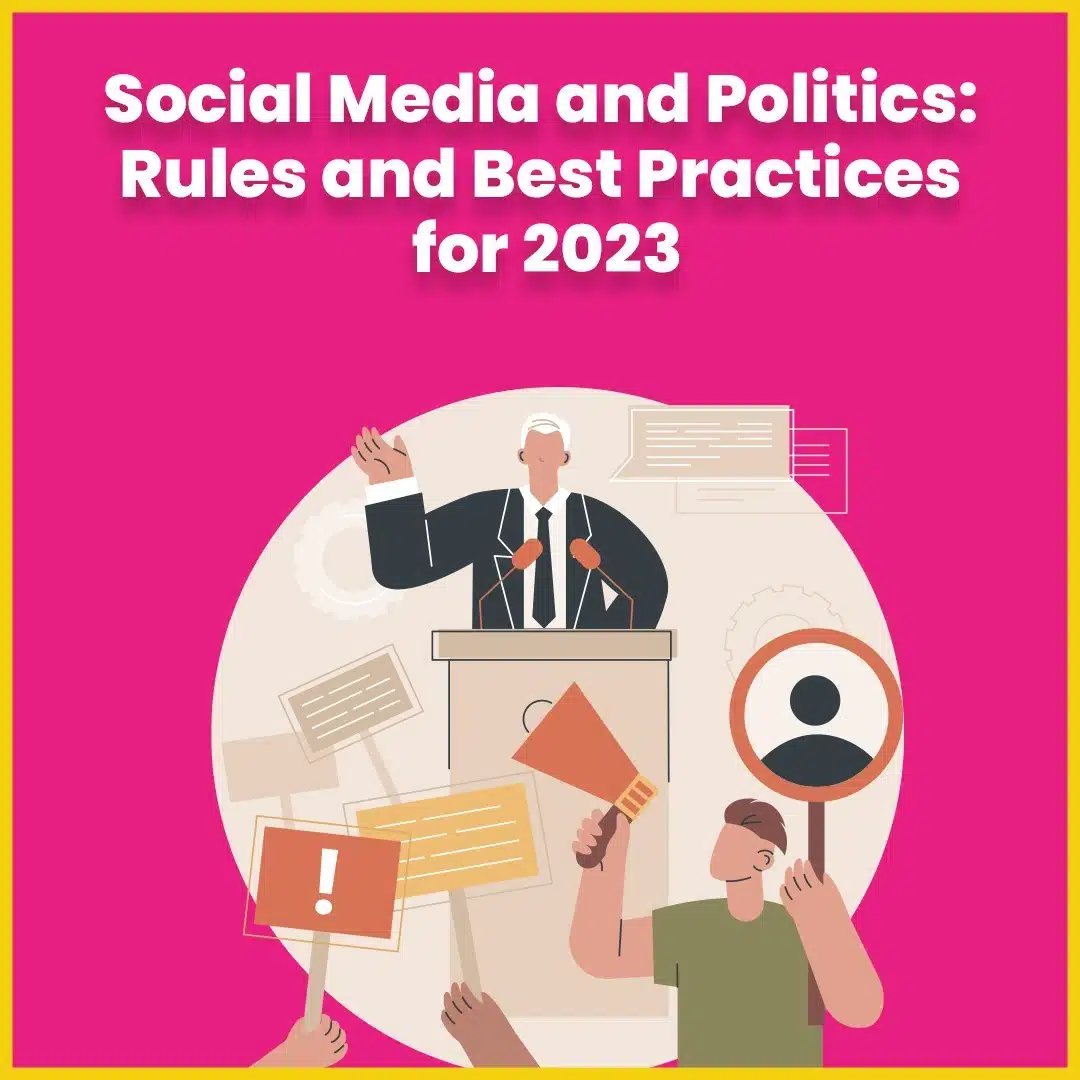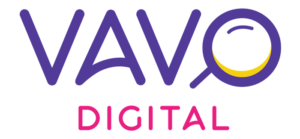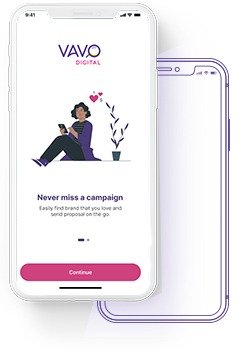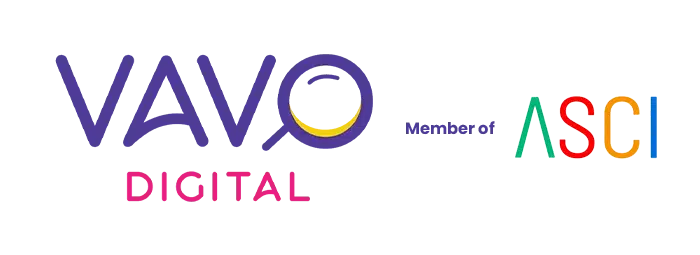
Social Media & Politics: Rules & Best Practices For 2023
Politics and social media have started their impact on people. That is because of how frequently politics are discussed on websites like Twitter. We also know how it is important to connect with media influencers to grow voters organically.
Public opinion is the democratic currency. Social media platforms are rapidly taking the lead in fostering public conversation and influencing public opinion, serving as a forum for individuals to discuss both locally and nationally significant problems.
Nowadays, social media is more than simply a safe place to interact with loved ones. Instead, it has evolved into a significant arena for political participation and the development of fresh political discourse.
Voters may easily access all the above since social media serves as the modern-day public forum.
However, the stakes for candidates on social media are thus quite high. Thus, politicians can make news on their own, without having to wait for it to be published.
You can use Sehaye to find the best fit influencer for your political campaigns. Social media and politics have been inextricably linked since then-candidate Barack Obama utilized social media to establish a grassroots presidential campaign in 2008 that engaged voters and funders in unprecedented ways in federal politics.
Social Media’s affect on Indian Politics
- Social media is a news source:
The 16th general election for India took place in nine phases in April and May 2014. The most significant factor in determining which party obtained the most seats was social media. Facebook users significantly influence the election outcomes in 160 of India’s 543 seats. The youth in India are to blame for this.
According to research, 50% of the population is under 25. Second, 65% fall under the age bracket of 35%. Either this demographic attends college or works for numerous businesses.
Businesses in a variety of industries, including IT firms, BPOs, research facilities, and entrepreneurs. Their hectic routine has almost cut off radio and television.
This is particularly true when gathering or disseminating information. The younger generation is digital savvy and enjoys being up to speed on current events. Using laptops, desktop computers, or the most popular network-connected mobile devices makes this connectivity feasible.
Of course, there are occasions when political news that appears in more traditional media comes via social media.
- Political campaigns can be run on social media:
Social media is a powerful tool for campaigns to spread their message and raise money. It’s a crucial instrument for inspiring enthusiasm for democracy among younger people.
- Social media can aid in boosting voting turnout:
Voter education and get-out-the-vote (#GOTV) initiatives are now commonplace on social media. Social media is a logical medium for these campaigns since they frequently try to increase the number of young people who vote.
If you are an influencer who is going to work as a face for a political campaigns then you must give a check on 5 Best Practices For Influencers While Collaborating On Political Campaigns
What Political Benefits Does Social Media Bring?
- Increasing Public Awareness: Historically, the public has never been more informed about government policy. Through the clever use of social media and other social media campaigns that raise public awareness, government outreach is growing.
For instance, during the Covid epidemic, social media was extremely helpful in spreading preventative awareness and mobilizing leads for medications.
- Closing the Gap: Social media has been crucial in fostering communication between citizens and the elected officials who represent them.
Due to social media, the communication barriers that prevented followers from engaging with leaders have drastically decreased. On social media, politicians are communicating with their fans. Through interactions and postings on social media, they are making sure to keep the public informed.
The average citizen’s capacity to participate in politics has risen as a result. In addition, social media has been utilized often to influence diplomatic ties between India and its allies.
- Reducing Barriers: By allowing many people to run for office, these platforms offer an inexpensive and low-barrier avenue of contact between the public and politicians, possibly strengthening democracy.
The only method to connect with young people – social media
- Political parties are becoming more tech-savvy and realizing that social media is the only way to connect with the youth, even though politicians still use posters, cutouts, fliers, graffiti, and personal rallies to reach and win over voters during elections.
- This is because social media is changing how people perceive urban India.
- However, as of this now, Twitter is thought to have 33 million accounts nationwide, and Facebook has 93 million members.
- Every political party running in the general election of 2014 has set aside 2 to 5 percent of their election budget to spend on social media, according to the LAMAI study from 2013.
Best practices for a successful political campaign using social media in 2023
- Use live content to interact with the public:
Traditional newscasts are still around for the time being. Nevertheless, social media video enables politicians to share their own news and interact with voters. A lot of politicians, for instance, frequently stream on Facebook and Instagram. Live video enables meaningful and human conversation rather than merely talking to voters.
Politicians may use social video to effectively address regional concerns that aren’t addressed by more mainstream media. Local laws and disaster aid fall under this.
- Do not miss “younger” social media networks:
The preferred social media sites for political accounts are Twitter and Facebook. This also makes perfect sense considering the age distribution of voters and the demography of social media. Of course, Millennials and Gen Z shouldn’t be ignored. Both groups reflect rising activist voter bases. As a result, more politicians are making investments in TikTok and Instagram.
- Make your fundraising efforts a priority:
There is much more to running a successful political social media campaign than getting “Likes.” We won’t get into the details of how a Facebook political ad should be structured. Just keep in mind that politics and social media both depend on money.
Beyond using Facebook advertisements, it’s also acceptable to ask for donations via secure links. Many candidates include contribution buttons either as a specific “pinned” post or in their social media biographies. Of course, avoid bombarding users with contribution requests on social media. Instead, include them into your content strategy with your changes as necessary.
- Reducing Algorithm Exploitation of Strength:
Although social networking analytics can amplify material, politicians must refrain from using them to disseminate rumors or sensationalism. Long-term effectiveness is greater when material is relevant and substantial.
Conclusion
Any political campaign on social media involves a lot of work. You’ll be able to rally support and a feeling of community if you know what to publish and how to handle comments.
Vavo Digital helps us in several ways to ensure that we are doing the right things for running the campaigns and looking after the social media marketing. Having additional assistance is always beneficial given how busy political accounts are! Any inquiries should be sent to hello@vavodigital.com.




